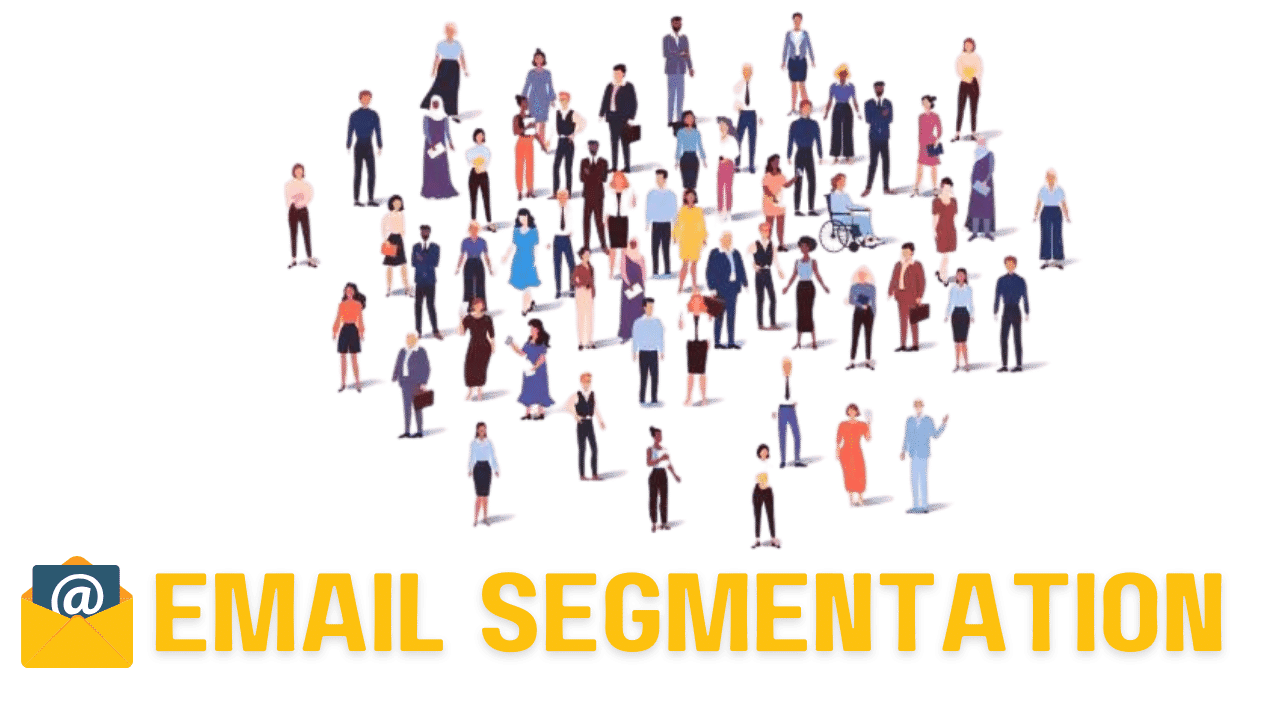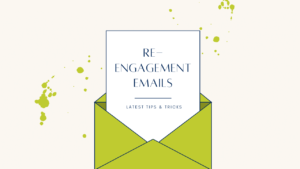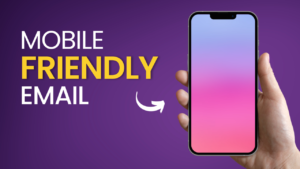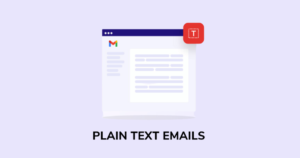In digital marketing, there’s a well-known mantra: Know thy audience [1]. However, this means more than understanding who they are on a surface level. It means diving deep into their behaviors, preferences, and patterns. This is where the power of email segmentation in marketing truly shines.
Table of Contents
What Is Email Segmentation?

At its core, email segmentation involves categorizing your email subscribers into distinct groups using various criteria. These criteria could be anything from demographic data, like age or location, to behavioral patterns, such as purchase history or website activity. Businesses can tailor their messages to resonate more deeply with each segment by doing so.
Why Does Email Segmentation Matter?
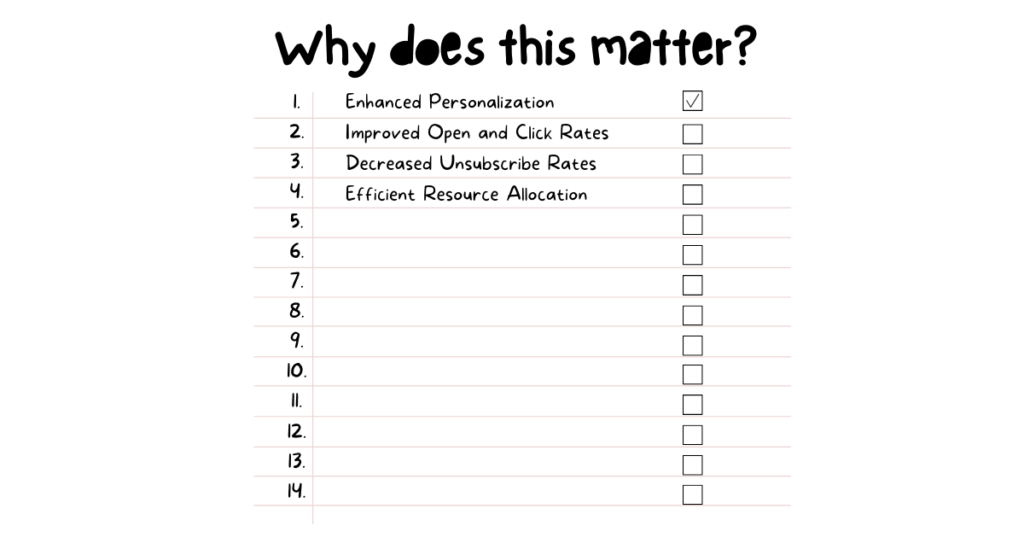
- Enhanced Personalization: Generic emails are a relic of the past. Today’s consumers expect content tailored to their needs and interests. By segmenting your list, you can craft messages that align closely with the preferences of each group, increasing the likelihood of engagement.
- Improved Open and Click Rates: Segmented emails outperform their generic counterparts. Research indicates that marketers employing segmented campaigns have observed revenue boosts of up to 760%.
- Decreased Unsubscribe Rates: Nobody likes spam. Sending irrelevant content can lead to increased unsubscribe rates. However, with segmentation, recipients receive more relevant content, reducing the chances they’ll hit that dreaded “unsubscribe” button.
- Efficient Resource Allocation: For businesses, especially those with limited resources, ensuring every dollar spent has a good return is crucial. Segmentation allows for targeted campaigns, often yield better results, ensuring resources are well-spent on effective broad-brush campaigns.
Getting Started with Segmentation
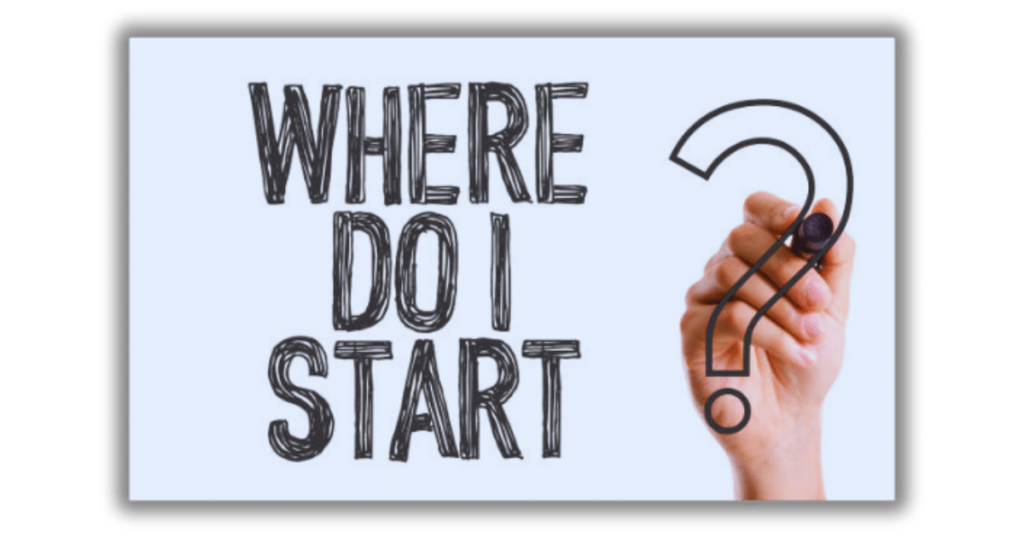
Understanding the importance of email segmentation is one thing, but how does one effectively implement it? Here are some steps to get started:
- Gather Data: Before you can segment your list, you need data. This could come from sign-up forms, website analytics, or purchase histories. The more data you have, the more specific your segments can be.
- Decide on Segmentation Criteria: Your criteria might differ depending on your business and goals. Some standard email marketing segmentation methods include demographic data, geographic location, purchase behavior, and email engagement rates.
- Test and Refine: Segmentation is not a one-time task like all marketing strategies. It’s crucial to test and refine your segments for optimal performance continuously. This could mean adjusting your criteria, merging segments, or creating new ones as your business evolves.
In Closing
Email segmentation isn’t just a buzzword—it’s a foundational strategy in modern email marketing. By ensuring that the right messages reach the right people, businesses can cultivate deeper relationships with their audience, drive engagement, and ultimately achieve better results.
The next time you’re about to send out an email blast to your entire list, take a moment to consider the power of segmentation. In the age of information overload, a personalized touch can make all the difference.
If you want to read more about email marketing tools that will help with this email segmentation, have a look at our article on MailerLite vs ConvertKit.
FAQ
What is email list segmentation?
Email list segmentation divides subscribers into smaller segments based on set criteria, such as behavior, demographics, or purchase history. This allows for more targeted and personalized email campaigns. For you, segmentation means sending relevant content to a specific group of subscribers, which can lead to higher engagement rates, better customer satisfaction, and increased conversion rates. By tailoring your messages to meet each segment’s particular needs and interests, you improve the effectiveness of your email marketing efforts and strengthen the relationship between your brand and your audience.
What are some email list segmentation ideas?
Some email list segmentation ideas include dividing subscribers by demographic information like age, location, or gender. You can also segment by behavioral data, such as past purchase behavior, email engagement levels (opens and clicks), or website activity. Another idea is to segment based on the subscriber’s stage in the customer journey, like new subscribers, regular customers, or lapsed customers. Additionally, segmentation can be found in preferences indicated via surveys or sign-up forms. For you, leveraging these segmentation strategies means delivering more personalized and relevant content, which can drive higher engagement and conversion rates in your email marketing campaigns.
What is an example of an email segment?
An example of an email segment could be “Active Subscribers.” This segment would include individuals who have opened, clicked, or replied to your emails within a defined period, such as the last 30 days. By identifying these engaged users, you can tailor content specifically for them, with advanced content, loyalty rewards, or more frequent updates, since their behavior indicates they are highly interested in your offerings. This segmentation helps foster a stronger relationship with your most engaged audience and can be used to drive deeper engagement or conversion actions.

Hi, I’m Scott! I love exploring and sharing the latest in tech, digital marketing, and productivity tools. Join me on SprintSlice for easy-to-follow reviews and tips on making the most of your digital tools.

